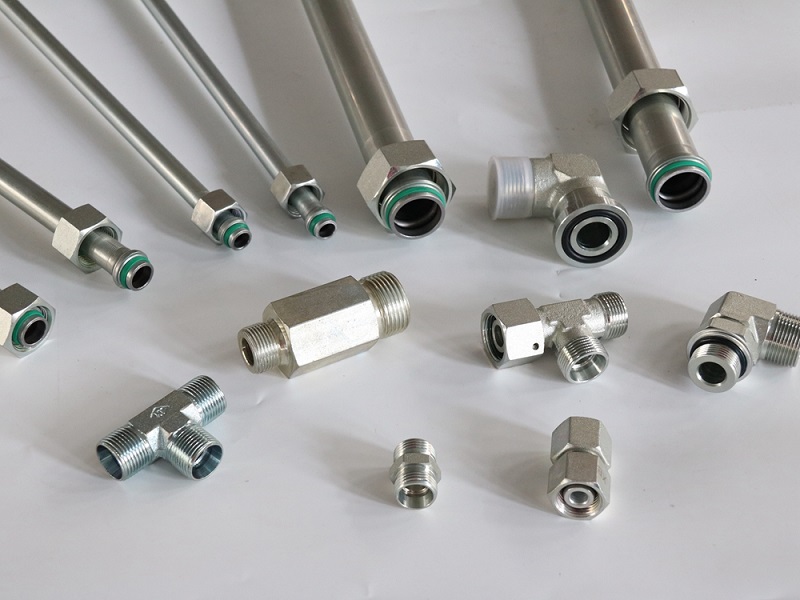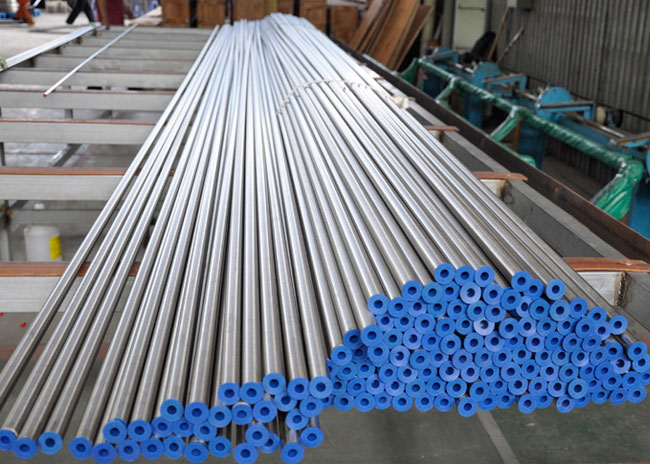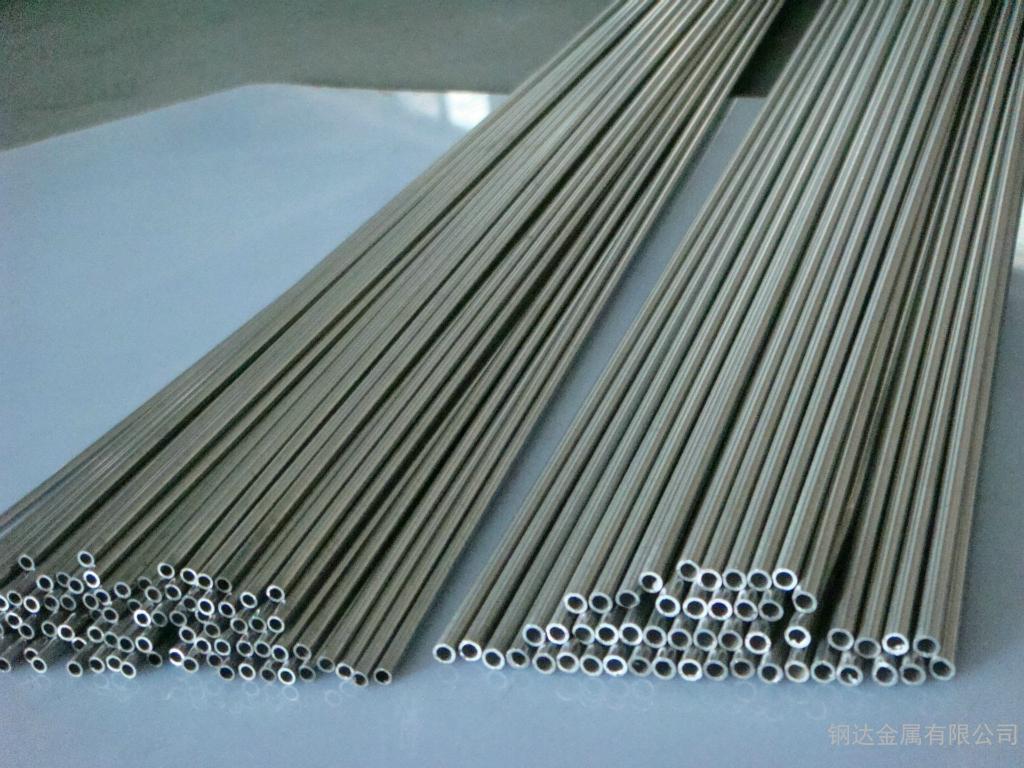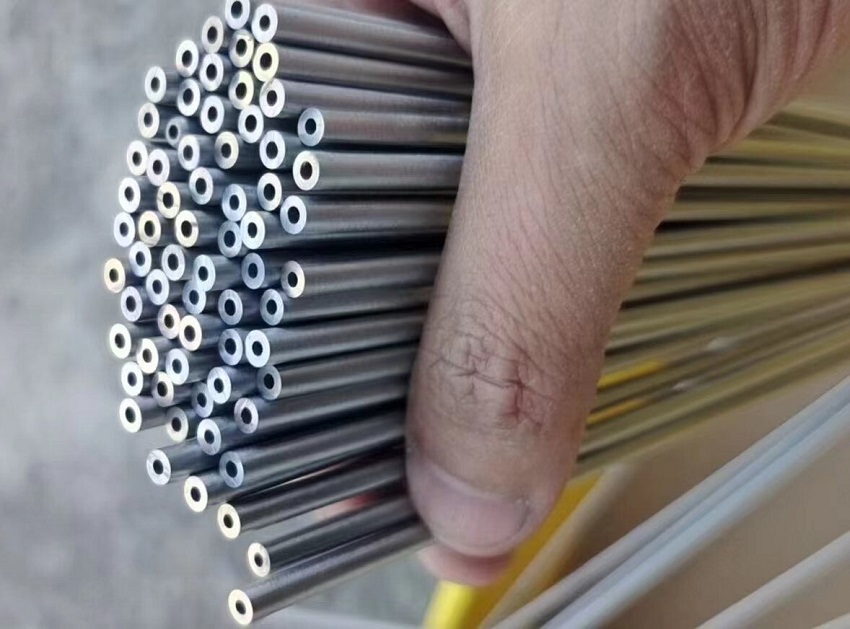Introduction to Automotive Hydraulic Steel Tubes
|
Standard/Regulation |
Description |
|
SAE J524 |
Specifies seamless cold drawn carbon steel tubing for use in hydraulic systems |
|
ISO 8535 |
Specifies seamless cold drawn single-wall hydraulic steel tubes for high-pressure applications |
|
ASTM A519 |
Covers several grades of carbon and alloy steel tubing used for mechanical and hydraulic applications |
|
DOT Regulations (US) |
Ensures compliance with safety standards for hydraulic components used in vehicles |
|
EU Regulations (e.g., Machinery Directive, Pressure Equipment Directive) |
Establishes safety and performance requirements for hydraulic components used in vehicles sold within the European Union |
|
Industry-Specific Standards (e.g., IATF standards, OEM specifications) |
Incorporates global standards and adds specific requirements tailored to automotive industry needs |
|
Quality Management Standards (e.g., ISO 9001) |
Ensures adherence to stringent quality control processes throughout production to guarantee consistency, reliability, and compliance with relevant standards and regulations |
|
Maintenance/Care Aspect |
Description |
|
Regular Inspection |
Conduct routine visual inspections of hydraulic steel tubes for signs of wear, corrosion, or damage. Pay attention to fittings, connections, and bends for any leaks or abnormalities. |
|
Fluid Quality |
Ensure that the hydraulic fluid used in the system meets manufacturer specifications. Monitor fluid levels regularly and check for contamination, moisture, or degradation. Replace fluid according to recommended intervals. |
|
Protection from External Elements |
Shield hydraulic steel tubes from exposure to corrosive substances, moisture, road salts, and debris. Install protective covers or sleeves where necessary, especially in areas prone to abrasion or impact. |
|
Proper Installation |
Follow manufacturer guidelines and specifications during installation to prevent kinking, bending, or over-tightening of hydraulic steel tubes. Use appropriate fittings, seals, and fasteners to ensure leak-free connections. |
|
Avoid Overheating |
Monitor system temperature to prevent overheating, which can degrade hydraulic fluid and compromise tube integrity. Ensure proper ventilation and cooling to maintain optimal operating conditions. |
|
Preventive Maintenance |
Implement a proactive maintenance schedule that includes flushing the hydraulic system, inspecting hoses and fittings, and replacing components as needed. Address any issues promptly to prevent further damage or system failure. |
|
Training and Awareness |
Train personnel on proper handling, maintenance, and safety procedures related to hydraulic systems. Raise awareness about the importance of regular maintenance and care to ensure system reliability and performance. |

Automotive Hydraulic Steel Tubes
请输入搜索关键字
确定






